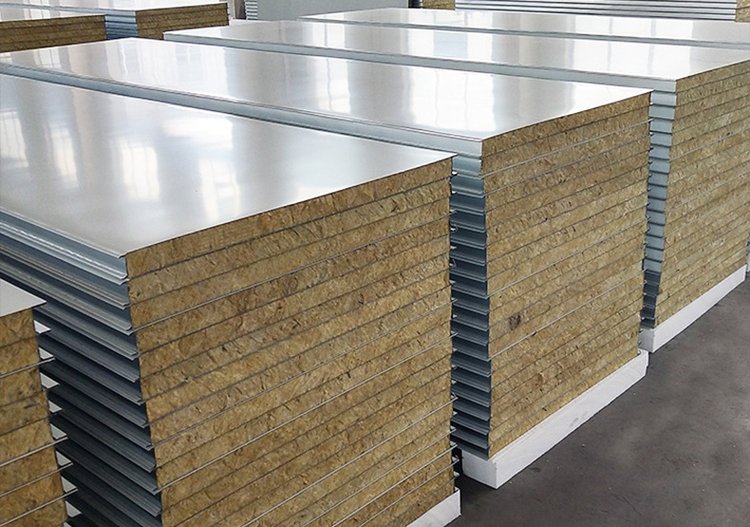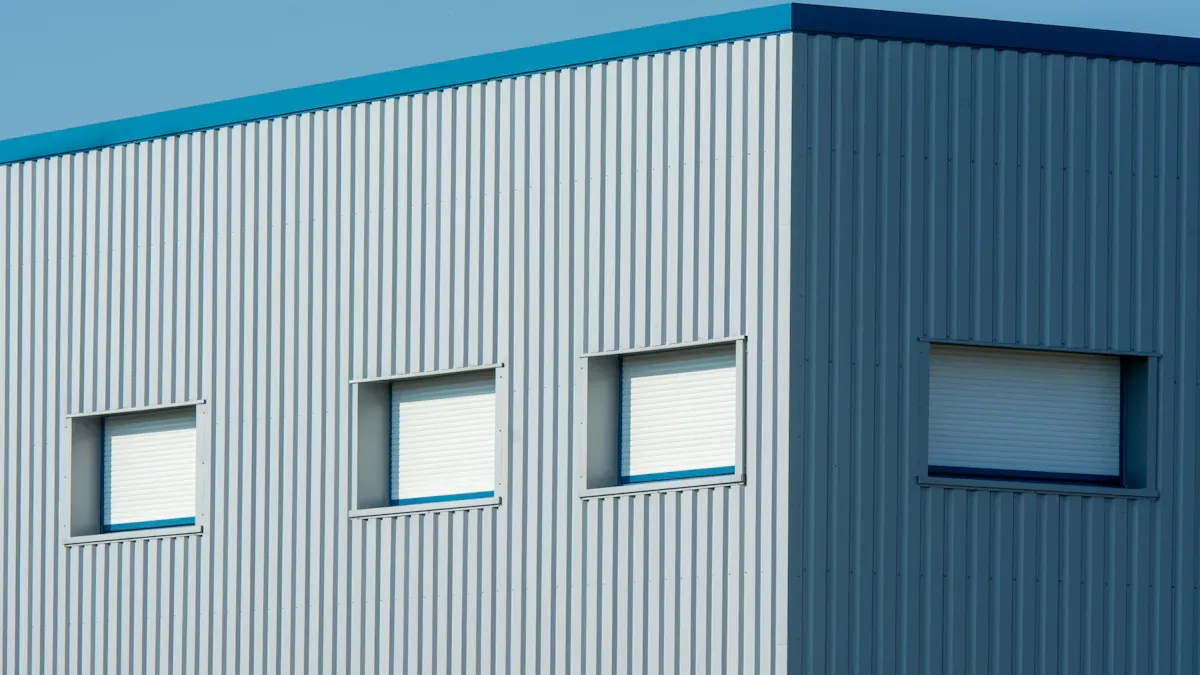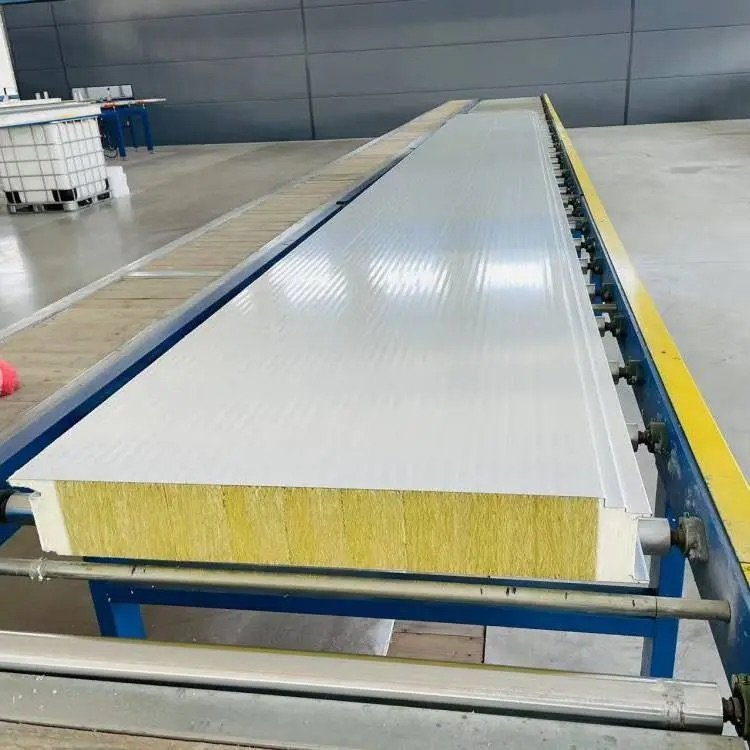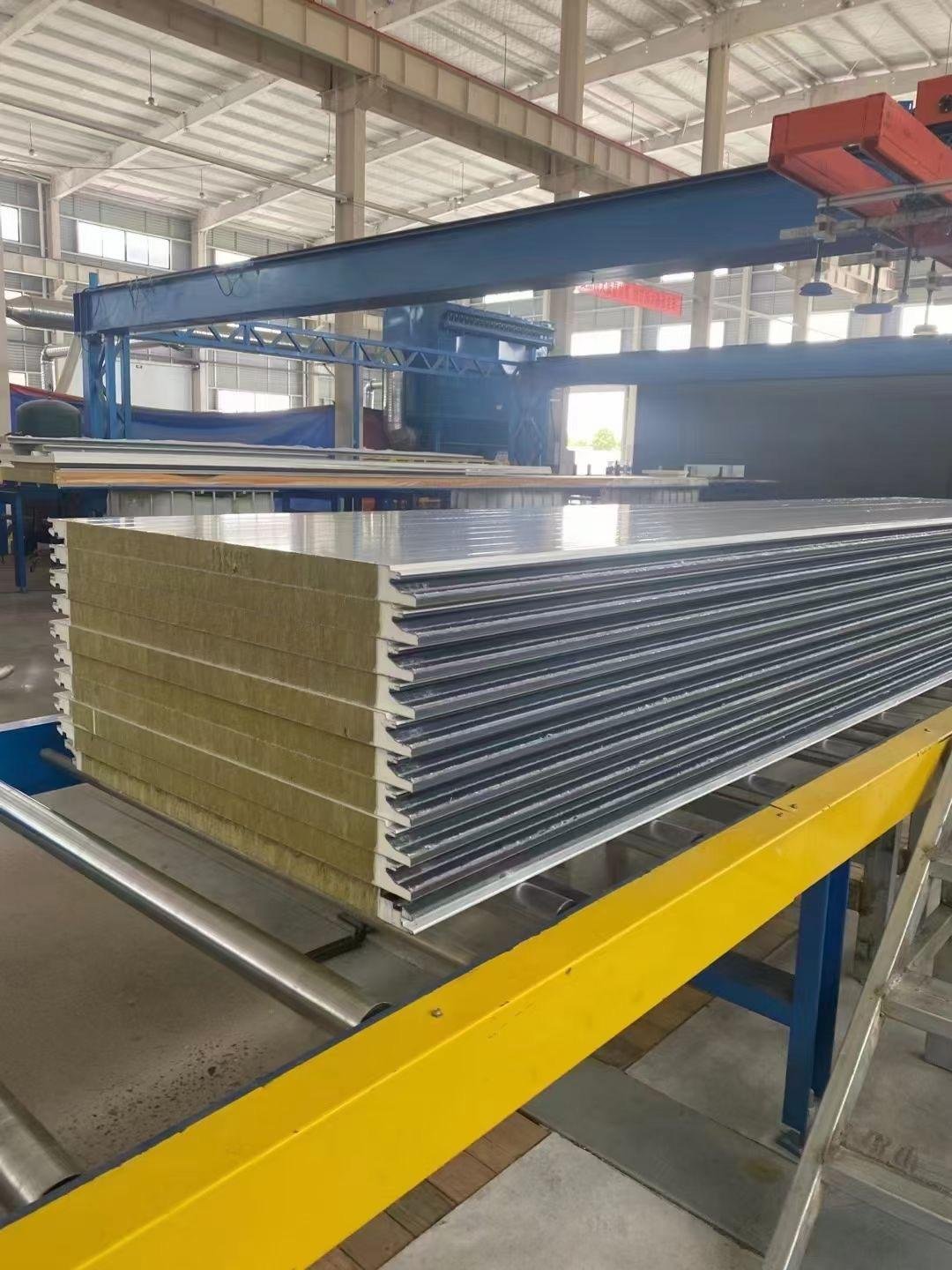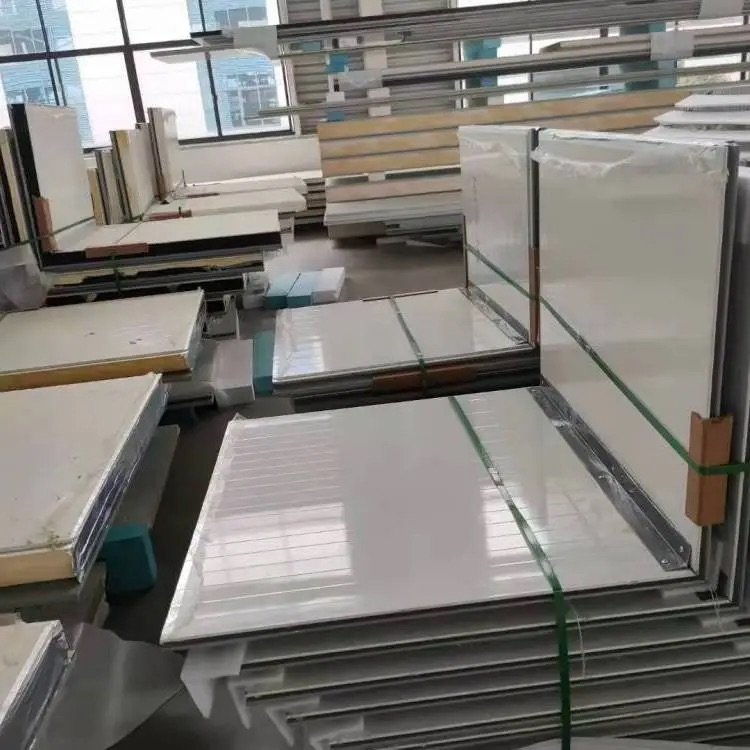
When picking sandwich panels for your project, think about insulation, fire safety, and cost. You need to choose between EPS, PU, and Rockwool panels, as each has special benefits. Some keep heat in better, while others resist fire more. Knowing their pros and cons helps you pick the right one. Choose between EPS, PU, or Rockwool panels based on your needs.
Key Takeaways
Pick EPS panels for cheap projects needing simple insulation. They are light, easy to set up, but need fire safety steps.
Use PU panels for strong insulation and water protection. They save energy and last long, great for homes and offices.
Go for Rockwool panels if fire safety and quiet spaces matter. They handle fire well and are eco-friendly, good for loud places.
Think about what your project needs. Balance insulation, fire safety, and cost to choose the right panel.
Spending more on strong panels like PU or Rockwool can save money later with better energy use and less fixing.
Understanding EPS, PU, and Rockwool Sandwich Panels

What Are EPS Sandwich Panels?
EPS sandwich panels are light and easy-to-use building materials. They have a core made of expanded polystyrene, placed between two protective layers like steel or aluminum. These panels are popular in construction because they keep heat in well. With thermal conductivity around 0.030–0.034 W/m·K, they help lower heating and cooling costs. EPS panels also resist damage, rot, and mold, lasting over 50 years without repairs.
But, EPS panels need extra fire protection. Even with flame retardants, fire safety depends on how they’re installed. These panels are great if you want to save money and keep spaces insulated.
What Are PU Sandwich Panels?
PU sandwich panels are great for saving energy and keeping spaces warm. They have a strong polyurethane core that blocks heat and moisture. These panels are light, so they’re simple to move and install. They come in thicknesses from 40mm to 100mm and offer many colors and designs.
PU panels save energy because they don’t let heat escape easily. They are strong and last long, making them good for holding weight. However, their fire rating is B2, meaning they can burn in some cases. Still, their cost savings and insulation make them a favorite for builders.
What Are Rockwool Sandwich Panels?
Rockwool sandwich panels have a mineral wool core that doesn’t burn and resists fire well. These panels are perfect for places needing high fire safety. Besides fire resistance, Rockwool panels block sound, so they’re great for noisy areas like studios or factories.
Rockwool panels insulate well and protect against fire, but they are heavier than other panels. They can also soak up some water over time, which might lower their performance. These panels work best where fire safety and soundproofing are very important.
Advantages and Disadvantages of Sandwich Panels

EPS Panels: Pros and Cons
EPS sandwich panels keep heat in and save energy. They are light, making them easy to move and install. These panels don’t rot or grow mold, so they last a long time.
But, EPS panels need extra fireproofing to be safe. Their fire safety depends on how they are installed. They are cheap but not very strong, so they can’t handle heavy loads.
Tip: Pick EPS panels if you want to save money and need basic insulation. Always add fire safety steps.
PU Panels: Pros and Cons
PU sandwich panels are great at keeping spaces warm. They stop air leaks and block moisture, which saves energy. These panels stick well to other materials and make buildings stronger. They are also light and simple to use.
However, PU panels cost more than EPS panels. They can have fire safety problems in some cases. Also, using them in old buildings might not always work well.
Strengths of PU panels:
Keeps heat in well
Works in many ways
Adds strength to buildings
Weaknesses of PU panels:
Costs more
Fire safety concerns
Rockwool Panels: Pros and Cons
Rockwool panels are great for stopping fires and blocking noise. They dry fast after getting wet, which helps them last longer. These panels are better for the planet than plastic ones, making them eco-friendly.
Still, Rockwool panels are heavier than EPS or PU panels. This makes them harder to install. They can also soak up water, which might lower how well they insulate.
Feature | Performance |
|---|---|
Fire Resistance | Very good |
Soundproofing | Excellent |
Environmental Impact | Better than others |
Note: Use Rockwool panels for places needing fire safety and quiet, like studios or factories.
Applications of EPS, PU, and Rockwool Panels

Best Uses for EPS Panels
EPS sandwich panels are great for projects needing low cost and basic insulation. They are used in homes and businesses for walls, roofs, and cold storage. These panels are light, making them easy to move and install. This helps save time and money on labor.
In fast-growing areas like Asia-Pacific, EPS panels are popular because they are cheap and keep spaces comfortable. They work well in homes, offices, and warehouses by keeping indoor temperatures steady. But don’t use EPS panels where high fire safety is needed unless extra fireproofing is added.
Tip: Choose EPS panels for temporary buildings or low-cost projects with simple insulation needs.
Best Uses for PU Panels
PU sandwich panels are perfect for places needing strong insulation and moisture protection. They are often used in homes for walls, kitchen backsplashes, and around fireplaces. In businesses, they make offices and stores look better without costing too much.
Hotels and restaurants also use PU panels because they are durable and stylish. These panels are light, so they’re quick and easy to install. Many PU panels are made from recycled materials, which helps the environment.
Description | |
|---|---|
Residential Spaces | Great for walls, fireplaces, and kitchen backsplashes. |
Commercial Properties | Improves the look of offices and stores affordably. |
Hospitality Sector | Strong and stylish for hotels and restaurants. |
Cost-Effectiveness | A cheaper option compared to natural stone. |
Easy Installation | Lightweight, saving time and effort during setup. |
Environmental Impact | Often made from recycled materials, helping the planet. |
Best Uses for Rockwool Panels
Rockwool panels are best for projects needing fire safety and soundproofing. They are used in factories for fireproof walls and ceilings. These panels also block noise, making them great for music studios, offices, and apartments in loud areas.
You can use Rockwool panels in basements and bathrooms because they resist water and stop mold. They reduce noise, creating quieter spaces. But remember, they are heavy, so handle them carefully during installation to keep them working well.
Key Applications for Rockwool Panels:
Fireproof walls and ceilings in factories.
Noise reduction in studios, offices, and apartments.
Water-resistant use in basements and bathrooms.
High-heat areas needing fire protection.
Note: Rockwool panels are the best choice for projects needing fire safety and quiet spaces.
Comparing EPS, PU, and Rockwool Panels
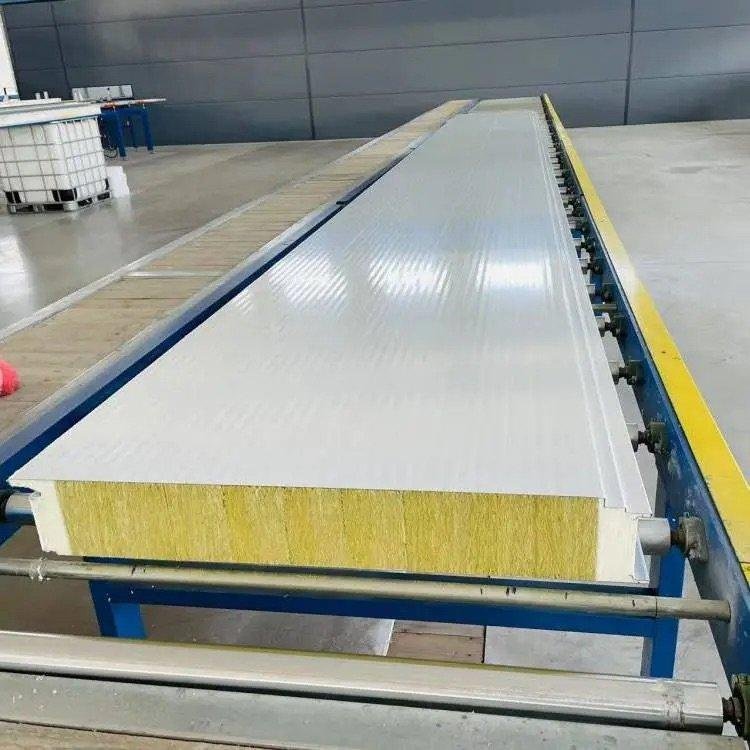
Insulation and Thermal Performance
EPS, PU, and Rockwool panels each insulate differently. EPS panels have thermal conductivity between 0.030 and 0.034 W/m·K. They are affordable and good for basic insulation. PU panels are better at keeping heat in. Their closed cells stop heat transfer, making them great for energy-saving projects. Rockwool panels are heavier but still insulate well. Their thermal conductivity is 0.035 to 0.040 W/m·K, slightly less than PU but still useful.
For strong insulation and saving energy, pick PU panels. If you need a cheaper option, go with EPS panels. Rockwool panels are best where insulation and fire safety are both important.
Fire Resistance and Safety
Fire safety is very important when choosing panels. EPS panels have a Class B1 rating, meaning they slow fires but can burn. PU panels have a B2 rating, so they are less fire-safe and need extra protection. Rockwool panels are the safest, with a Class A rating. They don’t burn and pass tough fire tests like EN 13501-1 and ASTM E84.
Rockwool panels are best for places needing high fire safety, like factories. EPS and PU panels work in less risky areas if installed properly with fireproofing.
Metric | EPS Panel | Rockwool Panel |
|---|---|---|
Fire Behavior | Class B1 (fire retardant) | |
Testing Standard | EN 13501-1, ASTM E84 | EN 13501-1, ISO 13784-1:2014 |
Cost and Affordability
Cost matters when picking panels. EPS panels are the cheapest, making them great for tight budgets. PU panels cost 10–15% more than EPS but save 20–25% on energy bills over time. Rockwool panels are the most expensive but offer top fire safety and soundproofing.
If you need to save money, choose EPS panels. For long-term savings and energy efficiency, PU panels are better. Rockwool panels are worth it for projects needing fire safety and noise control.
Tip: Match your budget with your project’s insulation, fire safety, and durability needs for the best choice.
Durability and Maintenance
When picking sandwich panels, think about how strong they are and how much care they need. Different panels have different levels of toughness and lifespan. EPS panels are light and resist mold and rot, so they need little upkeep. But they are not very strong against heavy hits or tough weather. In busy areas, they might need replacing sooner.
PU panels are stronger and last longer. Their solid core makes buildings sturdier and handles more weight. These panels also keep out moisture, helping them stay in good shape. However, sunlight can damage them over time if not protected. Adding coatings and checking them often can make them last longer.
Rockwool panels are the toughest, especially in rough conditions. They resist fire, water, and pests, making them great for long-term use. Though they are heavier and harder to set up, they don’t need fixing often. Installing them properly helps them work better and last longer.
Tip: For less upkeep, choose PU or Rockwool panels. Use EPS panels for short-term or low-use projects.
Environmental Considerations
The effect on the environment depends on the materials and if they can be recycled. EPS panels are made from plastic called expanded polystyrene. They are light and save energy but don’t break down naturally. Recycling them is hard, which can add to waste.
PU panels are sometimes better for the planet. Many are made using recycled materials. They insulate well, cutting energy use and lowering your carbon footprint. But like EPS panels, they don’t break down naturally and need proper disposal.
Rockwool panels are the most eco-friendly. Made from natural mineral wool, they can be recycled and have less impact on the environment. They save energy with their fireproof and insulating features, making them a greener choice for long-term projects.
Note: If you care about the environment, pick Rockwool panels. PU panels are a good middle option, while EPS panels are less green.
How to Choose Between EPS, PU, and Rockwool Panels
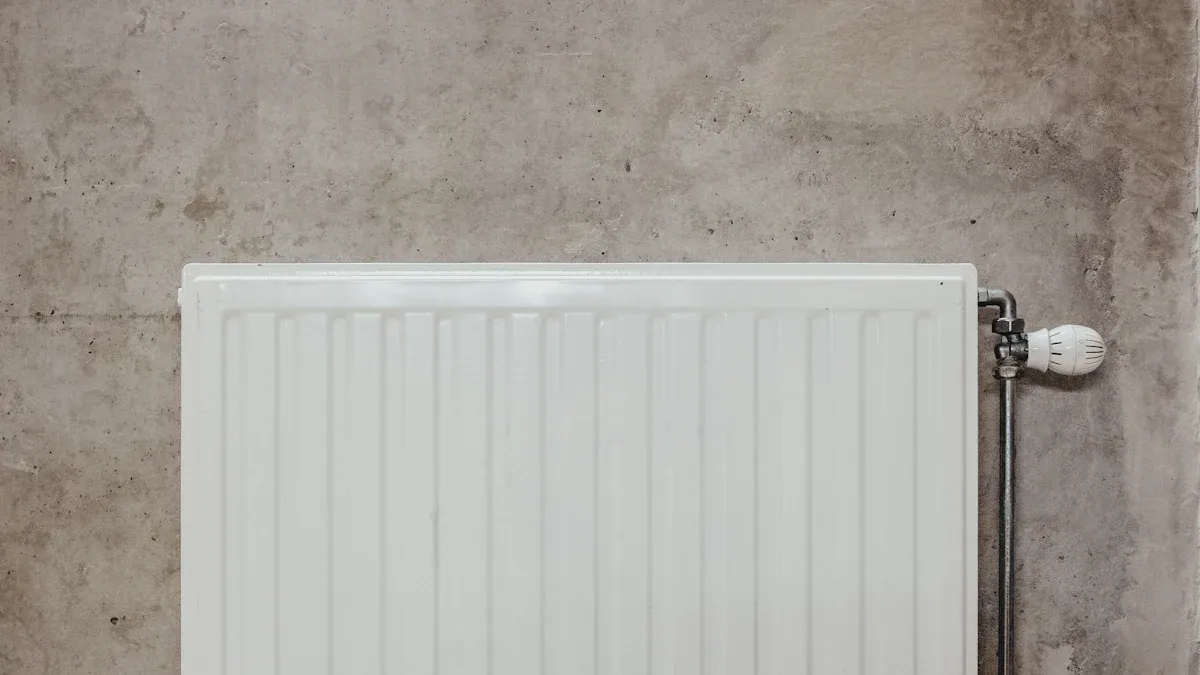
Evaluating Your Project Requirements
Picking the right panels starts with knowing your project’s needs. Think about insulation, fire safety, and how strong the panels need to be. For hot areas, PU or Rockwool panels work better because they handle heat well. Look at the λ-value and U-value to check insulation. Lower numbers mean better insulation and less heat loss.
Characteristic | What It Means | Why It Matters |
|---|---|---|
λ-value (W/mK) | Shows how well heat moves through material. | Lower is better for insulation. |
U-value (W/mK) | Measures heat passing through the panel. | Lower means less heat escapes. |
Think about the environment too. In rainy or windy places, Rockwool panels last longer. Light panels like EPS are cheaper to ship and easy to install. This makes them great for temporary buildings. For strong structures, mineral wool panels are the best choice.
Tip: Ask experts for advice on tricky projects. They can help you make the best decision.
Balancing Budget and Performance
It’s important to balance cost and how well the panels work. EPS panels are the cheapest, so they’re good for low-budget projects. PU panels cost more but save energy because they insulate better. Rockwool panels are the most expensive but offer top fire safety and soundproofing.
Resource Title | What It Covers |
|---|---|
Cost-Benefit Analysis: A Quick Guide | Learn to compare costs and benefits for better decisions. |
A Step-by-Step Guide to Budget Planning | Tips for managing costs and staying on budget. |
Construction Accounting: The Complete Guide | Helps with financial planning for building projects. |
Spending more now can save money later. Strong panels like PU and Rockwool need less fixing and save energy. Good cost planning helps your project stay on track and saves money long-term.
Note: Match your budget with your project’s insulation and fire safety needs for the best results.
Long-Term Benefits and Sustainability
Think about how the panels will help in the long run. EPS panels save the most energy and cut carbon emissions. They pay for themselves in about 5.57 years for south-facing walls. PU panels last longer but take more time to pay off. Rockwool panels are the most eco-friendly because they can be recycled and resist fire.
Insulation Material | South Wall Payback (years) | North Wall Payback (years) | Energy Savings | Carbon Emission Reduction |
|---|---|---|---|---|
EPS | 5.57 | 5.72 | Highest | Highest |
PU | 6.86 | 7.47 | Lowest | Lowest |
Eco-friendliness matters too. Some PU panels use recycled materials, which cuts waste. Rockwool panels are made from natural minerals, so they’re better for the planet. EPS panels aren’t as green but still save energy.
Tip: For eco-friendly projects, pick Rockwool panels. PU panels are a good middle choice, while EPS panels are best for saving energy.
EPS, PU, and Rockwool panels each have special uses. Think about insulation, fire safety, and cost before choosing. EPS panels are cheap and easy to handle. PU panels keep heat in very well. Rockwool panels are great for fire safety and blocking noise. Pick the panel that fits your project’s needs best. For help, ask experts or suppliers to guide you in choosing the right panels.
FAQ
What are sandwich panels made of?
Sandwich panels have a middle core like EPS, PU, or Rockwool. This core is placed between two strong layers, such as steel or aluminum. The core keeps heat in, while the outer layers add strength and protection.
Which sandwich panel is best for fire safety?
Rockwool panels are the safest for fire. They have a Class A fire rating and don’t burn. This makes them perfect for projects needing high fire safety.
Can sandwich panels be recycled?
Yes, some sandwich panels can be reused. Rockwool panels are the best for recycling since they are made from natural minerals. PU panels may also use recycled materials.
How do I choose the right panel for my project?
Think about your project’s needs like insulation, fire safety, and cost. EPS panels are cheap, PU panels insulate well, and Rockwool panels are great for fire safety and blocking noise.
Are sandwich panels durable?
Yes, sandwich panels are strong. PU and Rockwool panels last longer because they resist water and fire. EPS panels are light and durable but not for heavy-duty use.

